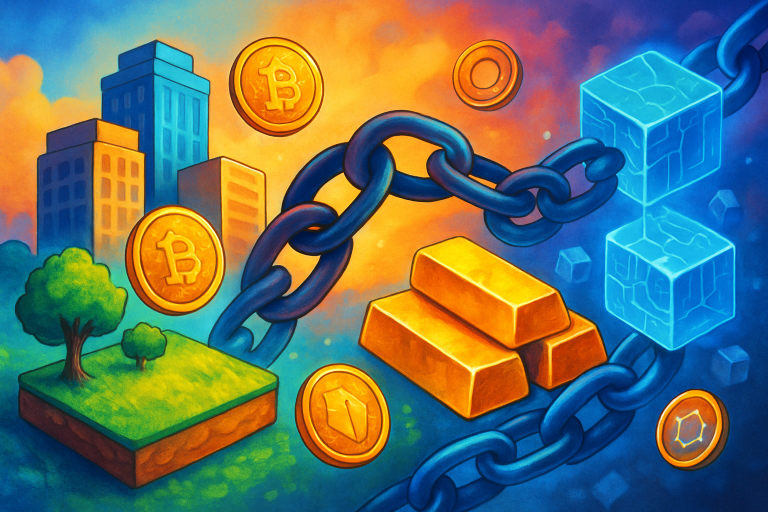Sixteen years after Bitcoin’s launch, you’d expect the world to have figured out crypto basics. Yet in 2025, the most-searched phrase in the sector isn’t about “layer-twos” or tokenized assets. It’s still, “How do I start with crypto?”
That simple question cuts through all the noise. Markets may swing billions in a day, and institutions may file for Bitcoin ETFs, but for the everyday person—the student in Berlin, the freelancer in Lagos, the office worker in Mumbai—the first hurdle hasn’t changed.
Complexity at the Doorstep
Crypto was supposed to democratize finance. Instead, onboarding still feels like being handed a Rubik’s Cube with no instructions. Wallets, seed phrases, gas fees—these words can intimidate someone who just wants to buy their first $100 worth of Bitcoin.
Yes, exchanges like Coinbase and Binance have softened the edges, but the gulf between “create an account” and “understand what you just bought” is still wide. And when your first encounter with DeFi is a screen full of liquidity pools and APR percentages, it’s no wonder beginners bounce.
The Emotional Roadblock
It isn’t just the jargon. It’s the fear. Scams, rug pulls, the echo of FTX—these shadows still linger. Even when regulators nod cautiously toward legitimacy, trust remains fragile.
Volatility doesn’t help either. This summer alone, Bitcoin cracked $120,000 before sliding back below $115,000 within days. For veterans, that’s routine. For newcomers, it feels like walking into a casino. The real question many beginners are asking isn’t how to start—it’s should I?
Why People Still Try
And yet, curiosity wins. The promise of crypto—faster payments, borderless transfers, and inflation hedges—isn’t theoretical anymore. Stablecoins are powering millions of transactions. El Salvador’s Bitcoin experiment hasn’t collapsed. Even Visa and PayPal quietly process blockchain settlements daily.
For many, especially outside the West, the question of “how to start” isn’t about speculation. It’s survival. It’s cheaper remittances, a shield against collapsing currencies, or simply a way to get paid across borders.
Too Many Shiny Distractions
Still, the landscape can overwhelm. Meme coins pump overnight, AI tokens trend on Twitter, and DePIN projects promise to reinvent infrastructure. For beginners, all of this feels like trying to drink from a fire hose. Ironically, the very innovations that make crypto exciting also drown out the basics.
The Answer Is Boring, But It Works
Despite the chaos, the first step in 2025 is the same as it was in 2015: start small, and learn one wallet, one token, and one transaction. The platforms gaining ground today aren’t just the biggest exchanges—they’re the ones that educate, localize, and hold a newcomer’s hand through their first steps.
Communities matter too. Discord groups, Telegram chats, and yes, TikTok explainers often do more to demystify crypto than any whitepaper. It’s not glamorous, but it works.
Why This Question Still Matters
It’s easy for veterans to roll their eyes at beginners Googling “how to start.” But that steady flow of new entrants is the industry’s lifeblood. Every adoption wave begins with someone typing that phrase into a search bar.
Crypto in 2025 may be dazzlingly advanced, with tokenized treasuries and AI-powered blockchains. But beneath it all, the industry is still haunted by a very human truth: people are curious, people are confused, and they want someone to show them the first step.
Until crypto truly bridges that usability gap, “How do I start?” won’t just remain the top question—it will remain the most important one.







